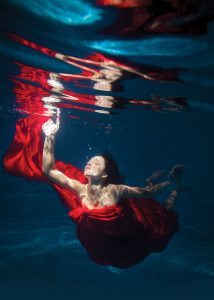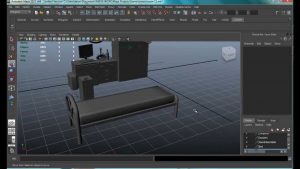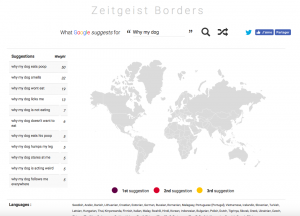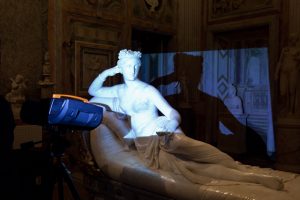
At the core, coding is an effective method in conveying information. A journalist, in particular, can tell more engaging stories by understanding the ways in which information is collected and displayed with code. They don’t necessarily need to be programming gurus, however a baseline understanding on the possibilities of Computer Programming can help journalists effectively communicate what a particular software project does.
Alex Richards designed the course Coding for Journalists “for people who have some grounding in data journalism already and experience with spreadsheets and database managers. Helpful to understand Excel functions, for example, some basic SQL.” The course is now available as a set of self-guided tutorials with sample code and data at Richards’ site:
http://coding-for-journalists.readthedocs.io/en/latest/#coding-for-journalists
Here you can learn how to use Python, a programming language, to scrape data from the web, parse records that fall across multiple lines, make a reusable function, geocode, work with APIs and databases, unlock data stuck in a database, practice data cleaning, and more! However, this isn’t the only place to learn programming. The Internet is scattered with a plethora of coding tutorials, some of which are: codecademy.com, udacity.com, codeactually.com, and code.org.





